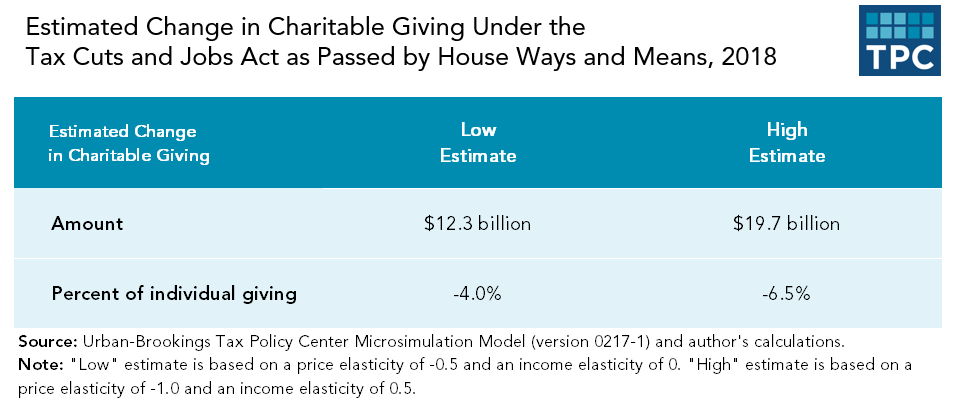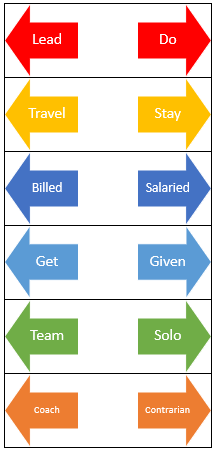World-class nonprofit, higher education, and healthcare clients have turned to Zuri for over a decade to achieve advancement operations and technology excellence. Zuri is a first choice among complex organizations for implementation of new CRM software, and the organization-wide change management and business transformation these efforts require. By putting our clients first (ahead of application/platform vendors and their beholden implementers), Zuri has excelled with helping clients achieve successful implementations. These efforts are typically much more than technology projects. Most modern implementations require multiple application vendors, and as more and more dependent implementers are brought into a tech transition, the client’s control and direction can shrink even further. Not having an independent implementation partner like Zuri means missing the voice of deep experience that is focused on your definition of success.
Simply put: your team should hire an independent implementation partner. There four key reasons to engage an independent implementation partner make a clear case:
- Clients come first. We partner with application vendors (click here for details) but not at the expense of our clients’ needs. Period.
- Technology is a means to an end. What tech you pick matters, but not to us. This year alone, we are helping dozens of clients with Salesforce, Blackbaud, Ellucian, and many other applications. The real objective of these projects is not the conversion to the new application but the ability to better support your mission.
- The CRM is actually a small part of the technology transition. Most of our clients have around a dozen important applications and the CRM choice is often just a replacement for the database of record (even if it is a lot of work). Integrating a dozen tools into the CRM —no matter which tool and no matter which formal partnerships are in place—is a strong suit of Zuri’s. Even more complex than tech issues are the organization-wide considerations in projects like these.
- Objectivity is critical. An independent implementation partner is not beholden to the application vendors who prefer to subcontract with or otherwise control the efforts of dependent implementers. Honest expertise unlimited by directives from the application vendor is in our clients’ best interests.
A final, awkward observation is that when an implementer is dependent on the application vendor for its work, we often see the vendor’s bottom line come before the client’s success. When you start to hear “that will need a change order”, “that’s custom code”, or “we just need a minimally viable product”, those are the hallmarks of client-second thinking. Of course, sometimes changes are required and not all dependent implementation partners are incapable of listening to the client first. But, the power dynamic can drown out what’s best for the client. Because Zuri is independent, we are able to remain objective, see the big picture well beyond the application(s) being installed, and put our clients first. Always.
The innovative technology being implemented is important to our clients’ success, but it is a means to an end. Having independent implementation partners like Zuri will help ensure these engagements are serving your organization’s real objective—leveraging technology to raise more money and build better relationships. Many vendors are good actors, of course, yet their primary objective is too often to stand up a minimally viable product disconnected from the big picture. If you are interested in Zuri’s approach or want to make the most of your vendor’s technology, reach out to innovations@zurigroup.com and we’ll see how we might help.








